Minifying and Bundling: Streamlining Code for Maximum Page Speed

The pursuit of optimal website performance is an ongoing challenge. As websites become more complex and feature-rich, ensuring speedy loading times becomes paramount for providing an exceptional user experience. Among the myriad strategies aimed at enhancing page speed, minifying and bundling stand out as indispensable techniques for streamlining code and reducing latency.
Understanding Minification and Bundling
At its core, minification refers to the process of removing unnecessary characters from source code without altering its functionality. These extraneous elements include whitespace, comments, and other non-essential characters. By eliminating these components, minification reduces the size of files, resulting in faster downloads and improved loading times.
Bundling, on the other hand, involves combining multiple files into a single entity. This consolidation reduces the number of HTTP requests required to fetch resources, thereby reducing latency and improving page speed. Bundling is particularly beneficial for large-scale web applications comprising numerous JavaScript, CSS, and other files.
The Importance of Page Speed

Before delving deeper into minifying and bundling, it’s crucial to understand why page speed matters. Studies have consistently shown that users expect websites to load quickly, with even minor delays leading to increased bounce rates and diminished user engagement. Moreover, search engines like Google factor page speed into their ranking algorithms, meaning faster-loading sites are more likely to appear higher in search results.
From a technical standpoint, numerous factors influence page speed, including server response times, network latency, and client-side processing. While optimising each of these elements is essential, efficient code management through minification and bundling can yield significant performance improvements with relatively minimal effort.
Minification in Practice
Minification typically involves the use of specialised tools or build processes to automate the removal of unnecessary characters from code files. For JavaScript, popular minification tools include UglifyJS, Closure Compiler, and Terser, each offering various optimisation techniques to reduce file size while preserving functionality.
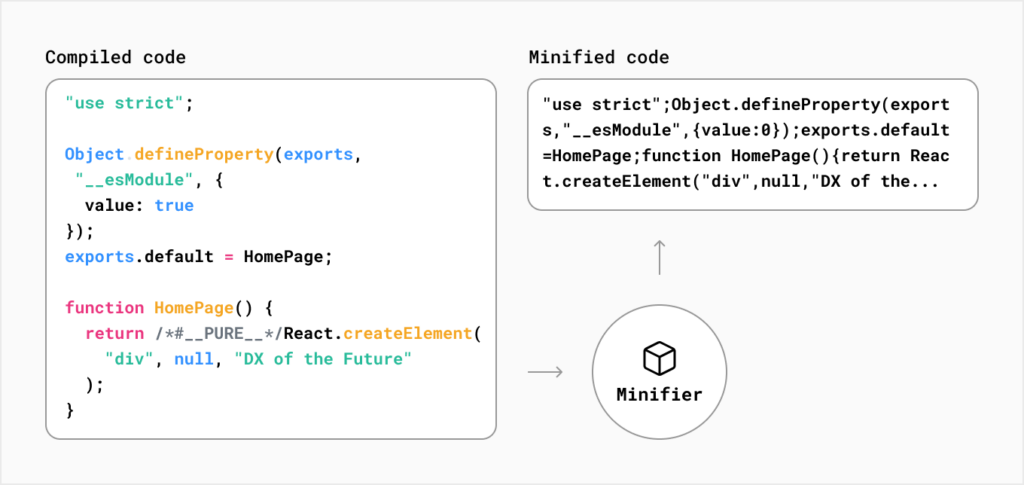
Similarly, CSS minification tools such as CleanCSS and cssnano strip out whitespace, comments, and other redundant elements to produce compact stylesheets. HTML minification can be accomplished using tools like HTMLMinifier, which compresses markup by removing whitespace, comments, and optional tags.
Benefits of Minification
The benefits of minification extend beyond reduced file sizes. Smaller files require less bandwidth to transfer, leading to faster downloads and improved rendering times. Additionally, minified code can enhance client-side performance by reducing parsing and execution times, particularly on resource-constrained devices like smartphones and tablets.

Moreover, minification indirectly contributes to improved SEO performance by facilitating faster page loading, which is a key ranking factor for search engines. Websites that deliver content swiftly are more likely to satisfy users and search engine algorithms alike, resulting in higher visibility and increased traffic.
Bundling for Efficiency
While minification addresses file size at the individual level, bundling tackles the broader challenge of reducing the number of HTTP requests required to fetch resources. By combining multiple files into a single bundle, bundling minimises the overhead associated with establishing and managing connections, resulting in faster page loads and improved performance.
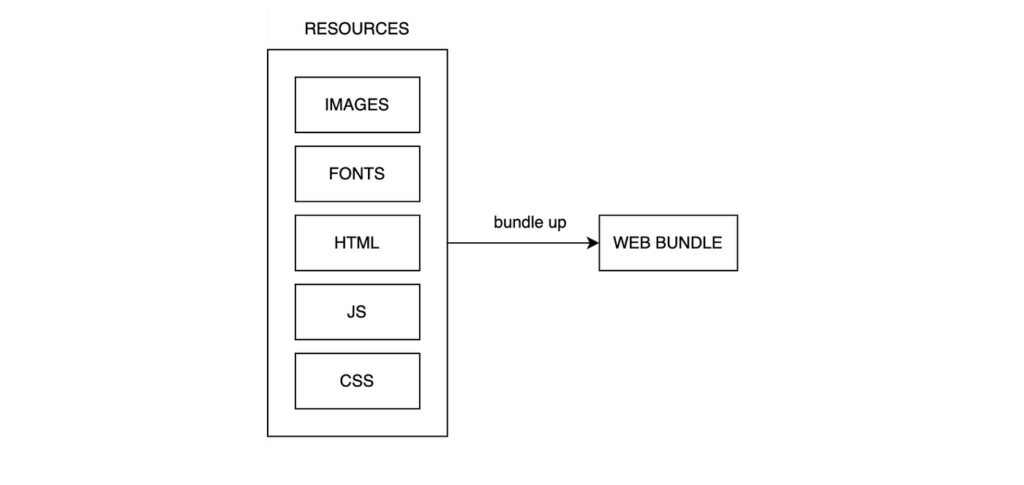
For JavaScript applications, bundling tools like Webpack, Rollup, and Parcel have become indispensable assets for optimising code delivery. These tools analyse project dependencies, bundle modules together, and apply optimisations such as tree shaking and code splitting to generate efficient bundles tailored to specific use cases.
Similarly, CSS preprocessing tools like Sass and Less support bundling through features like file imports and mixins, enabling developers to organise stylesheets into modular components and generate optimised bundles for deployment.
The Synergy of Minification and Bundling:
While minification and bundling offer distinct benefits individually, their true power is realised when combined synergistically. By minifying individual files before bundling them together, developers can maximise the efficiency of their codebase while minimising overhead.
This combined approach ensures that bundled resources are as lightweight as possible, further reducing latency and accelerating page load times. Moreover, by optimising both file size and network performance, developers can deliver snappy, responsive web experiences across a variety of devices and network conditions.
Advanced Techniques for Minification and Bundling:
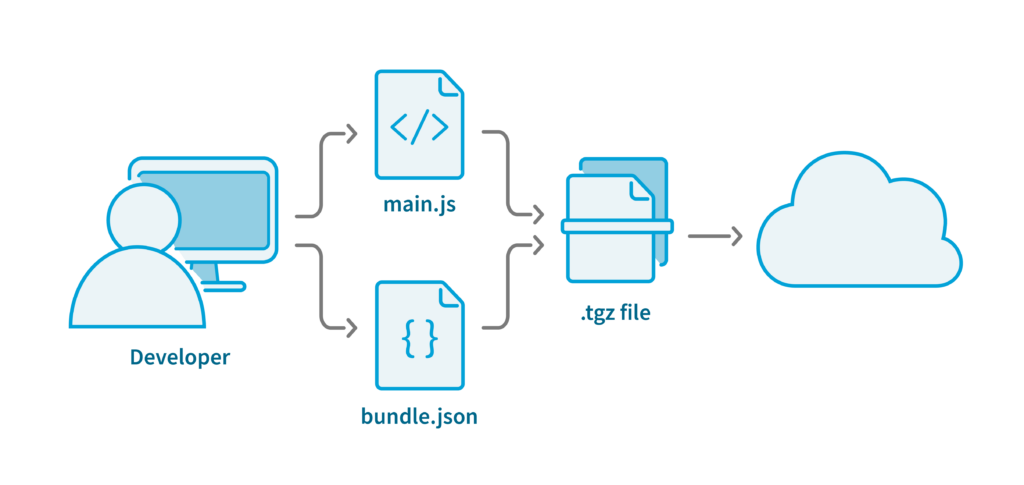
Achieving optimal page speed requires more than just basic minification and bundling techniques. To truly unlock the full potential of these strategies, developers can employ advanced techniques and tools to further streamline their codebase and enhance performance.
1. Code Splitting:
While bundling is effective for reducing the number of HTTP requests, it’s essential to consider the trade-off between initial page load time and subsequent interactions. Code splitting addresses this challenge by breaking down bundles into smaller, more manageable chunks that can be loaded asynchronously as needed.
Frameworks like React, Vue.js, and Angular offer built-in support for code splitting, allowing developers to define dynamic import points within their applications. This enables the loading of critical resources upfront while deferring the retrieval of non-essential components until they’re required, resulting in faster initial page loads and improved interactivity.
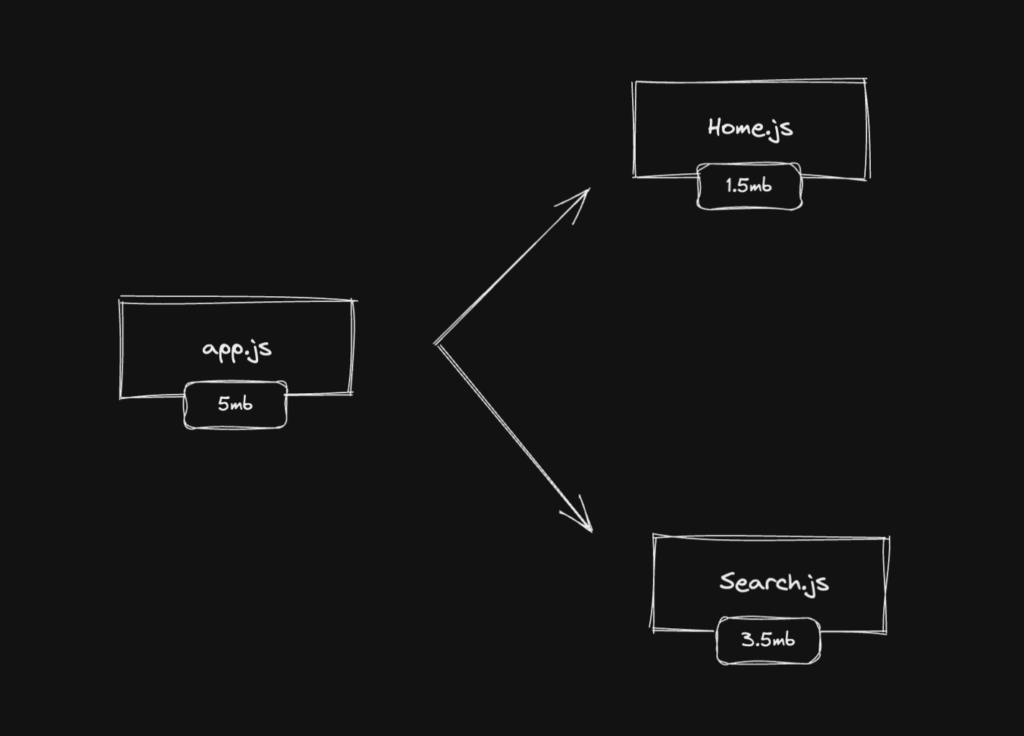
2. Dynamic Bundle Loading:
In addition to code splitting, dynamic bundle loading techniques further enhance performance by tailoring resource delivery based on user interactions and preferences. Lazy loading, for instance, delays the loading of non-critical resources until they’re needed, reducing the burden on the initial page load and improving perceived performance.
By leveraging features like Intersection Observer or scroll events, developers can dynamically load bundles as users scroll down a page or interact with specific elements, ensuring that resources are fetched only when they’re likely to be accessed. This granular approach to bundle loading minimises unnecessary overhead and maximises resource utilisation, resulting in a smoother, more responsive user experience.
3. Tree Shaking:
Another powerful optimisation technique is tree shaking, which eliminates dead code from bundled JavaScript files. By analysing the codebase and identifying unused dependencies and functions, tree shaking tools like Rollup and Webpack can drastically reduce bundle sizes without sacrificing functionality.
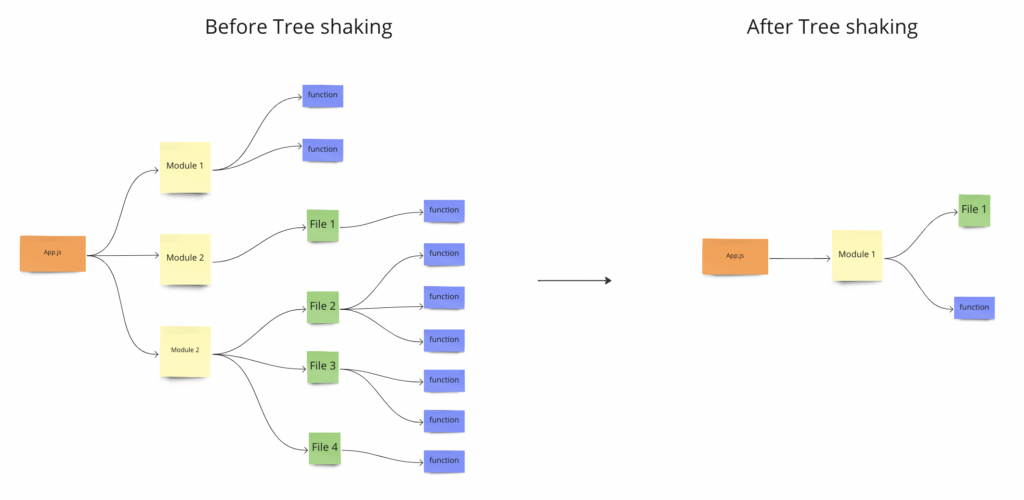
Tree shaking works by traversing the dependency tree of a module and excluding any code paths that aren’t explicitly referenced or executed. This allows developers to maintain a modular codebase while still benefiting from the performance gains associated with bundling, ensuring that only essential code is included in the final bundle.
4. Compression and Gzip:
While minification reduces file sizes by removing unnecessary characters, compression techniques like Gzip further reduce the size of assets by encoding them in a more compact format for transmission over the network. By enabling Gzip compression on web servers, developers can achieve additional performance gains without modifying the underlying codebase.
Gzip works by replacing repeated sequences of characters with shorter representations, resulting in significant reductions in file size for text-based assets like HTML, CSS, and JavaScript. This compression technique is widely supported by modern web browsers and can be seamlessly integrated into existing infrastructure to improve page speed and user experience.
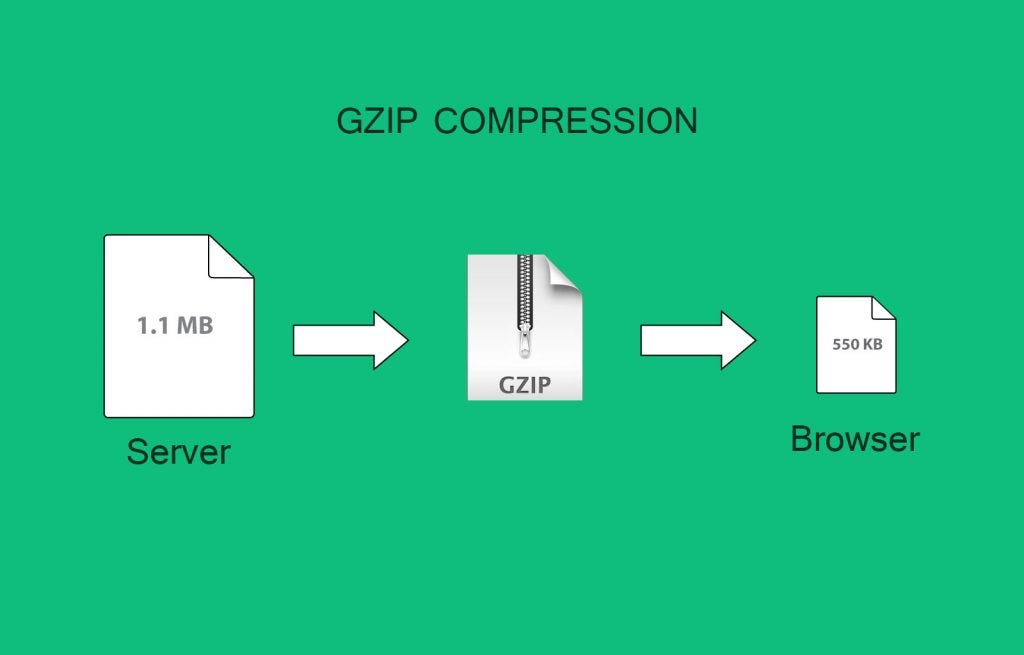
Conclusion
In the quest for maximum page speed, minification and bundling emerge as indispensable tools for optimising web performance. By removing unnecessary characters from code files and consolidating resources into efficient bundles, developers can significantly reduce latency, improve user experience, and enhance search engine visibility.
While the technical intricacies of minification and bundling may seem daunting, the benefits they offer are undeniable. Incorporating these practices into the development workflow not only yields immediate performance gains but also establishes a foundation for continued optimisation and scalability as web projects evolve.
In essence, minifying and bundling represent essential pillars of modern web development, enabling developers to deliver fast, responsive, and engaging user experiences in an increasingly competitive digital landscape.
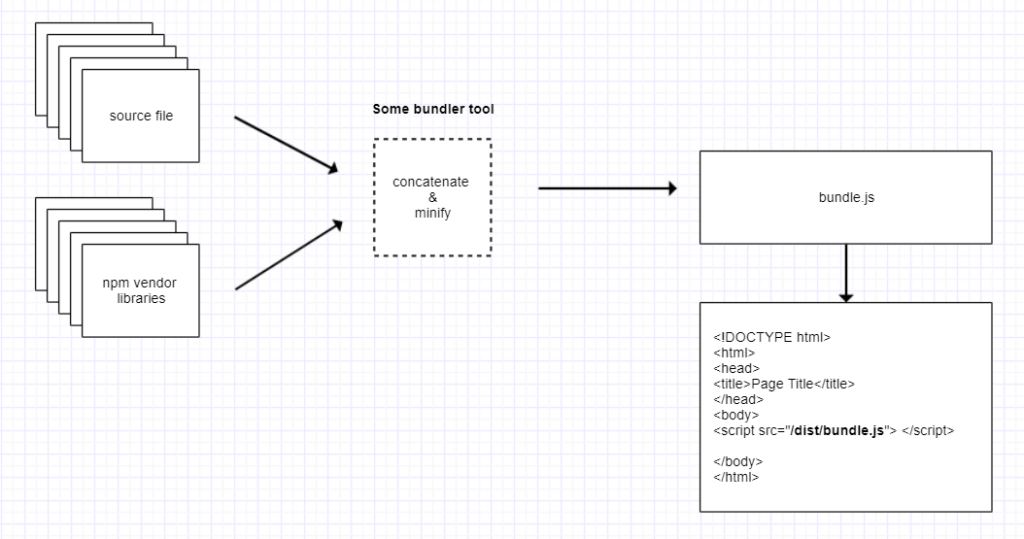
In the competitive landscape of web development, where user expectations continue to rise, optimising page speed is no longer optional—it’s essential for success. By embracing advanced optimisation techniques and staying abreast of emerging best practices, developers can deliver fast, responsive, and engaging user experiences that set their websites apart from the competition.
By incorporating these advanced techniques into their development workflow, developers can elevate the performance of their web applications to new heights. These optimisations go beyond basic minification and bundling, offering granular control over resource delivery and ensuring that only essential code is delivered to end users.






